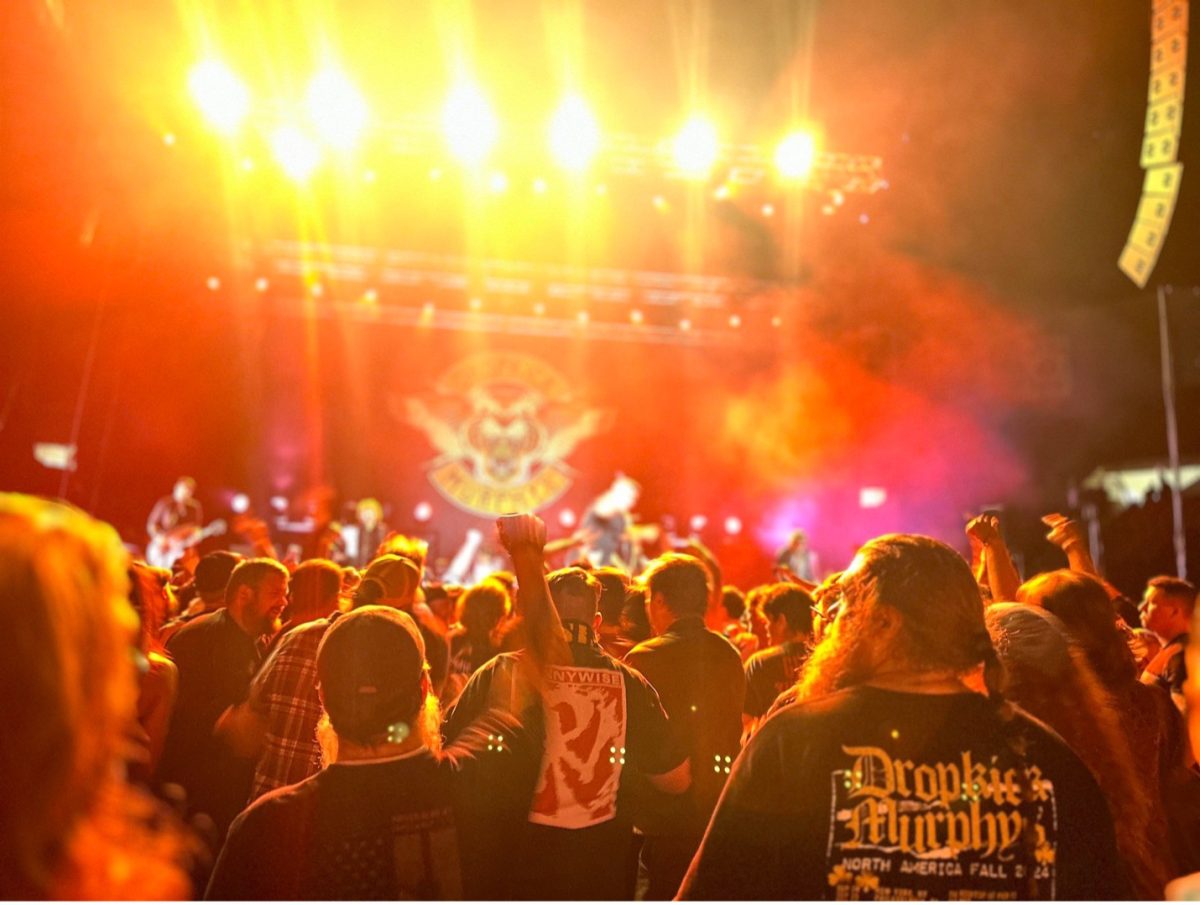
Once upon a time, the little-known jazz trumpeter and pianist Jim McCartney encouraged his son Paul to pursue his musical interests. For this, we are thankful.
The younger McCartney has always been famous for his original material, both as a member of the Beatles and as a solo artist. But on occasion, McCartney has been known to cover standards or songs by well-known artists.
In his newest release, Paul McCartney takes his fans back in time to the era when jazz and swing dominated the airwaves. “Kisses on the Bottom” is comprised of a number of covers of classic jazz tunes made accessible to the modern audience.
There is a definite feeling of ease associated with listening to “Kisses on the Bottom,” which draws its strength from the richness of the older material. One might be turned off by the fact that there are only two original songs by McCartney, but the elegance of the rest of the tracks cannot be understated.
“Kisses on the Bottom” begins with “I’m Gonna Sit Down and Write Myself a Letter,” a classic jazz standard from the ’30s. The opening track, with its steady bassline, soft drumming and graceful piano accompaniment, gives a preview of what the album is all about.
Although a very talented multi-instrumentalist, Paul McCartney is limited to vocals on “Kisses on the Bottom.” He does provide acoustic guitar on two tracks, but his personal focus seems to fall on evoking his jazz roots rather than demonstrating his own musicianship.
The track following the opener is titled“Home (When Shadows Fall),” which begins with a swell of strings that set the mood for the song. The light accompaniment of bittersweet piano lends a sense of nostalgia, bolstered by a sound effect that makes it seem as if the song is being played in the rain.
That’s not to say the entire album is somber and subdued; there is a good mix of low-key and upbeat tunes on “Kisses on the Bottom.” “It’s Only a Paper Moon” is led by an acoustic guitar opening that later has McCartney following the same beat. The highlight of the song, though, is the violin and the whistling. The violin solo is paired with whistling for a brief call and response set that gives the track a cheerful mood.
The whistling might come as a surprise to listeners, but it is a more than welcome guest on its return during the opening of “My Very Good Friend the Milkman,” accompanied by a harmonizing guitar. This song also features a soulful trombone solo – a staple of jazz music.
This is one of the strengths of “Kisses on the Bottom,” that it draws from a wide array of instruments and has solid musicianship. Listeners can be impressed to hear the piano pieces on tracks such as “Ac-Cent-Tchu-Ate the Positive” or “Bye Bye Blackbird.” Each song creates a relaxing mood, but they all achieve it through unique musical accompaniment including violins, back-up vocalists and softly playing guitars.
In the latter half of the album, “The Inch Worm” stands out because of the back-up children’s choir that was used during the recording. The choir repeats the chorus in counterpoint fashion, while McCartney sings the verse. In addition, Paul McCartney contributes an acoustic guitar to the track, one of his few instrumental appearances on the album. Still, in a rare occurrence, the vocal performances outshine the musical instruments on this track.
The album closes with an original piece composed by Paul McCartney. “Only Our Hearts” seems to unite his jazz foundation with his pop/rock career. And in a surprising cameo, Stevie Wonder contributes a bluesy harmonica solo.
The heyday of classical jazz may have passed, but its spirit lives on in a select few modern musicians. To those looking for a glimpse of a great age of songwriting and musicianship, Paul McCartney provides a bit of insight into that era.
Adam Colorado can be reached at [email protected].












